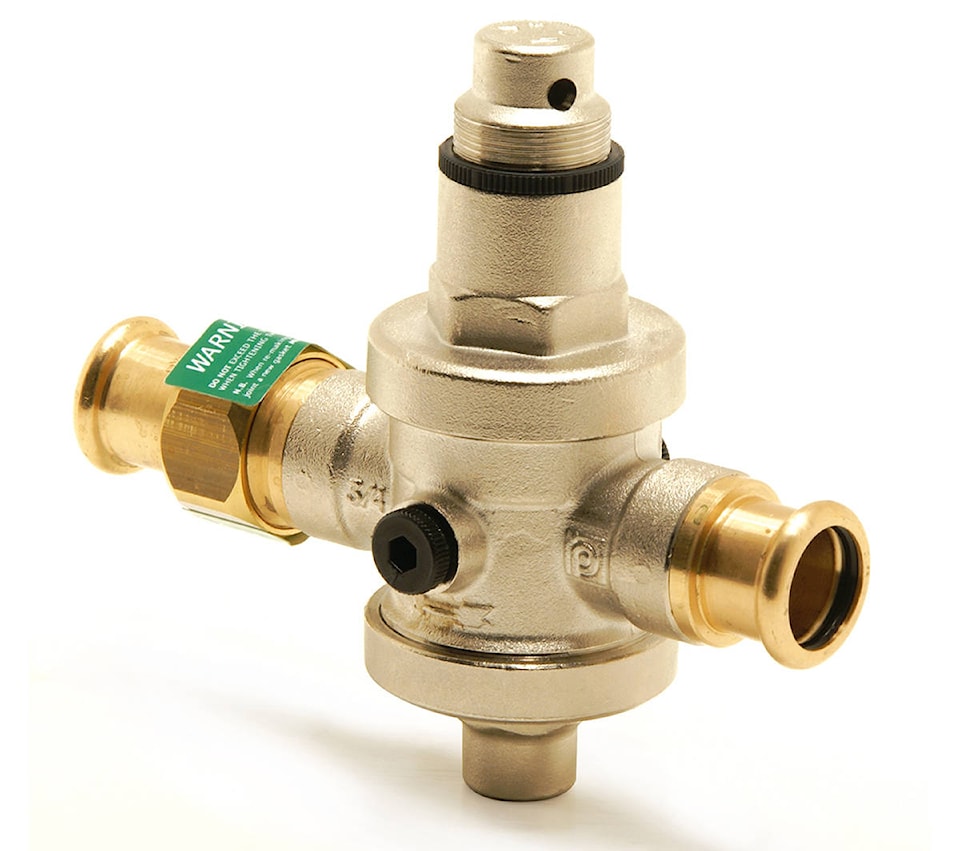The city is about to change where it gets its water from – and how it gets to our taps.
With BC Hydro removing the penstocks that currently deliver they city’s water as part of the John Hart Dam Generating Station upgrades, the city was forced to construct a new intake site on John Hart Lake, along with a new water treatment plant on its shore to process and deliver water to the city.
According to Nathalie Viau, they city’s water supervisor, when that system changeover takes place “in early 2018,” the possibility exists that homeowners will see a change in pressure.
“The goal is to make the switch as seamless as possible so people won’t even know anything has changed,” Viau says. “We’re working really hard to make sure it’s seamless, but the possibility exists that people will see an increase in pressure in some areas. And even if it happens, it won’t happen to everybody. It’ll depend on which pressure zone you’re in.”
The city has various “pressure zones,” which they control using the large Pressure Reducing Valves (PRV) contained in the big green boxes around town – many of which are covered in local art, in case you’re looking for them – and the various pump stations.
But there’s also a PRV controlling the pressure at most homes, Viau says, which works “in concert” with the larger ones that manage pressure to entire neighbourhoods. The PRV in your home is also kind of like the last line of defence should there be pressure fluctuations within the system, Viau says, so the city would like for you to find it – provided your home has one – and know how it operates, before the system change next year.
The few homeowners who don’t have a PRV will need to apply to development services for a plumbing permit to put one in, Viau says, “but we’re not anticipating there will be too many people who will need one, because 90-95 per cent of people already have one.”
PRVs are expected last between five and seven years, Viau says, but that’s based on valves that are outside of homes exposed to the elements. Most are located inside the home near the hot water tank and, as such, last much longer. If you need to replace one that has expired or isn’t functioning properly, there is no need for a permit.
“We want to give people lots of time so that it they need to install one or replace it or whatever, they have time to do that before the switch,” Viau says. “If they’re really stuck, they can phone Waterwise (250-203-2316), and they’ll be happy to help.”
VIDEO: Watch Mirror reporter Mike Davies get some help finding his PRV from city staff:
So what’s the worst that could happen if you don’t find your PRV and figure out how it works before the changeover to the new system?
“Well, if you weren’t protected and you were at 50 PSI before the changeover and you’re bumped up to something like 70 PSI, you’re going to notice that, for sure,” says thge city’s Water Service Foreman Casey Clarkson. “And if it’s an older house with plumbing fixtures that are use to that level of pressure all the time … I mean, we’re not going to be blowing sinks out or anything like that, but there’s a risk.”
Adding to the complication, Clarkson says, is that all PRVs are constructed differently, so you may not even know if turning it clockwise or counterclockwise is increasing or decreasing the pressure.
“We suggest people look up their PRV online and see how it operates,” Viau says.
“But the easiest way,” Clarkson says, “is to have two people and have one of you go to the highest tap in the house and barely turn it on – maybe a quarter turn – while the other person adjusts the PRV.”
But whether by searching online, calling Waterwise or using two people to test it yourself, what’s important is that property owners take care of this before the system changeover, which the city expects to happen around the end of January.
There’s also a Frequently Asked Questions page on the city website that will help, as well.
